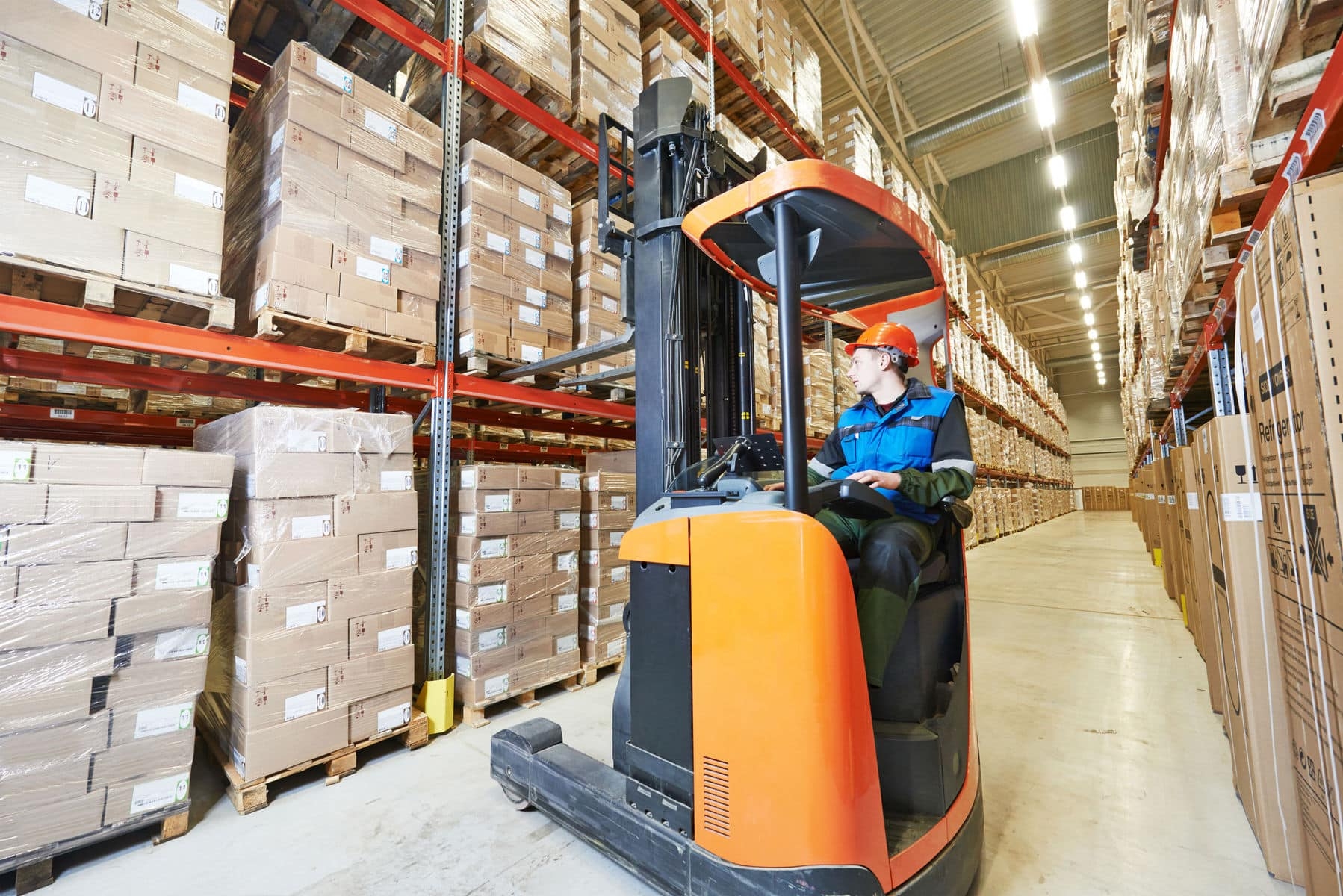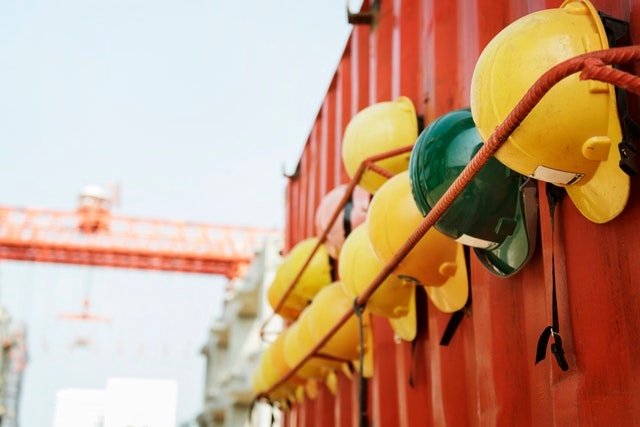According to data from the Labour Force and Annual Population surveys produced by the Office for National Statistics (ONS), there were 4.9m disabled people in employment in the UK from July to September 2022, accounting for roughly 15% of the UK workforce during the period.
With such a significant portion of the UK workforce comprised of individuals with disabilities, it is vital that organisations have an Emergency Evacuation Plan that considers the needs of all, including those with disabilities and mobility impairments.
The use of Personal Emergency Evacuation Plan (PEEPs) and specialist equipment may be required to ensure that those who need assistance are provided with a safe and efficient means of evacuation. Evacuation chairs may be critical in ensuring that those with mobility impairments can evacuate the building safely.
This article will explore evacuation chairs and their importance, the legal requirements for evacuation chairs, how to determine if you need an evacuation chair, the different types of chairs available and the training and maintenance requirements for the safe use of evacuation chairs.
What are Evacuation Chairs?
Evacuation chairs are specialised chairs equipped with wheels and brakes, usually made from lightweight materials, such as aluminium, making them easy to manoeuvre and transport individuals up or down stairs and over obstacles. These chairs are an essential tool that can help ensure the safe and swift evacuation of people with mobility impairments, injuries, disabilities and other medical conditions in an emergency. Typically, evacuation chairs are located in corridors, stairwells and fire refuge points so they can be quickly accessed when required.
Evacuation chairs require at least one person to operate in addition to the person requiring its use. The chair uses the weight of the person seated as leverage, while the assistant is required to ensure that the chair moves down the stairs at a controlled speed. Once at the bottom of the stairs, the chair can double up as a temporary wheelchair to allow movement away from the place of danger.
What are the Legal Requirements of Evacuation Chairs?
The following regulations cover the use of evacuation chairs:
The Regulatory Reform (Fire Safety Order) 2005 states that a designated responsible person is legally required to carry out a Fire Risk Assessment of the premises, inform employees or their representatives about the risks they have identified, put in place and maintain appropriate fire safety measures, plan for an emergency (i.e. create an Emergency Evacuation Plan and where appropriate a Personal Emergency Evacuation Plan for disabled people). To provide employees with information, fire safety instruction and training and to review the fire risk assessment regularly. The responsible person must ensure, as far as is reasonably practicable, that everyone on the premises can escape safely, with particular attention paid to those with disabilities or mobility impairments.
The Equalities Act 2010 requires that reasonable adjustments be made to ensure that disabled people are not at a disadvantage; this includes ensuring that evacuation procedures and equipment are accessible to all, including those with mobility impairments.
The Health and Safety at Work Act 1974 states that employers have a duty to ensure, so far as is reasonably practicable, the health, safety and welfare of all employees.
How Do You Know If You Need an Evacuation Chair?
Determining whether an evacuation chair is necessary for your building will depend on several factors, including the size of the building, the number of floors, the number of occupants and the presence of people with mobility impairments or disabilities.
Therefore, the first step to determine whether an evacuation chair is required is to carry out a Fire Risk Assessment, considering these factors. A suitable and sufficient Fire Risk Assessment will identify the hazards, the people at risk and any additional measures required to ensure the safe evacuation of all, such as the use of evacuation chairs.
Types of Evacuation Chair
Several types of evacuation chairs are available on the market, each designed to meet specific needs. When choosing an evacuation chair, it is important to consider factors such as the layout of the building, the number of floors, the weight capacity of the chair and the needs of the individuals who may require assistance during an evacuation. In addition, it is important to ensure that any evacuation chair purchased meets relevant safety standards and that employees are trained in its use.
Stair-mounted Chairs: These are designed to be mounted on a staircase and are typically used in buildings with a single staircase. They are operated by an attendant who guides the chair down the stairs.
Track or Runner Chairs: These chairs are designed to be used on a track or runner fixed to the stairs. The chair is typically operated by an attendant who guides the chair down the track.
Self-Contained Chairs: These chairs are designed to be operated independently and do not require an attendant. They typically have motorised tracks or wheels that allow them to navigate stairs independently.
Folding Chairs: These are lightweight, compact chairs that can be folded and stored when not in use. They are typically used in buildings where space is limited or where there are multiple staircases.
Hybrid Chairs: These chairs combine the features of a self-contained and a stair-mounted chair, allowing them to be used in various settings.
Evacuation chairs, either manual or powered, are a Class 1 Medical Device and therefore come under the Provision and Use of Work Equipment Regulations 1998 (PUWER). Under PUWER, it is a requirement that equipment provided for use at work is suitable for the intended use, safe for use, maintained in a safe condition, inspected to ensure it is correctly installed, maintained to prevent deterioration, and is used only by people who have received adequate information, instruction and training.
Evacuation Chair Training
To use an Evacuation Chair safely and effectively, employees must receive proper training in its assembly and use. The manufacturer of the Evacuation Chair should provide instruction and training on the correct use of the specific equipment purchased.
It is also necessary to provide training specific to the building in which the chair will be used, including information on emergency routes and chair locations. Emergency evacuation procedures should be trained to all employees regularly, including the training of Personal Emergency Evacuation Plan for those who need them.
Employees required to assist in the evacuation of a person requiring an evacuation chair should receive specific training to allow them to carry out that task safely and efficiently, such as manual handling training. A Risk Assessment should also be undertaken to determine the hazards and level of risk to the assistant while carrying out the task. If required, control measures should be implemented to enable the assistant to carry out the task safely.
Refresher training should be given to employees every two years at a minimum to ensure they are up to date with any changes to equipment, layout or procedures.
Maintenance and Inspection of Evacuation Chairs
Lack of maintenance to an evacuation chair may result in its failure to operate during an emergency evacuation, leading to potentially serious consequences, including injury or harm to the occupant being evacuated. Delays or difficulties during the evacuation process may also be encountered. Regular inspection and maintenance are critical in identifying and fixing any issues and can help to prevent malfunctions during emergencies.
Evacuation chairs should be regularly inspected to ensure that no damage or deterioration has occurred, that all components are in good working order and that the chair is ready and available in the correct location in an emergency. There are various checklists available to help with this inspection. This inspection should take place quarterly at a minimum but adding them to the monthly inspection regime along with fire exits, fire extinguishers, and emergency lighting may be beneficial.
An annual service must be undertaken by a competent person and should include visual inspection checks, manual adjustments, cleaning, lubricating and inspection of the tracks. Be aware that some powered chairs may also fall under the Lifting Operations and Lifting Equipment Regulations 1998 (LOLER) and, as such, would require a full service every six months. Records of all inspections, maintenance and repairs carried out on the chairs should be maintained.
Employers have a duty of care to ensure their employees' safety during an emergency evacuation. Evacuation chairs are essential for providing a safe and efficient means of evacuating individuals with disabilities and mobility impairments.
If you have any questions on evacuation chairs or need advice call our team on 033 33215 005 or e-mail websiteenquiries@wirehouse-es.com






